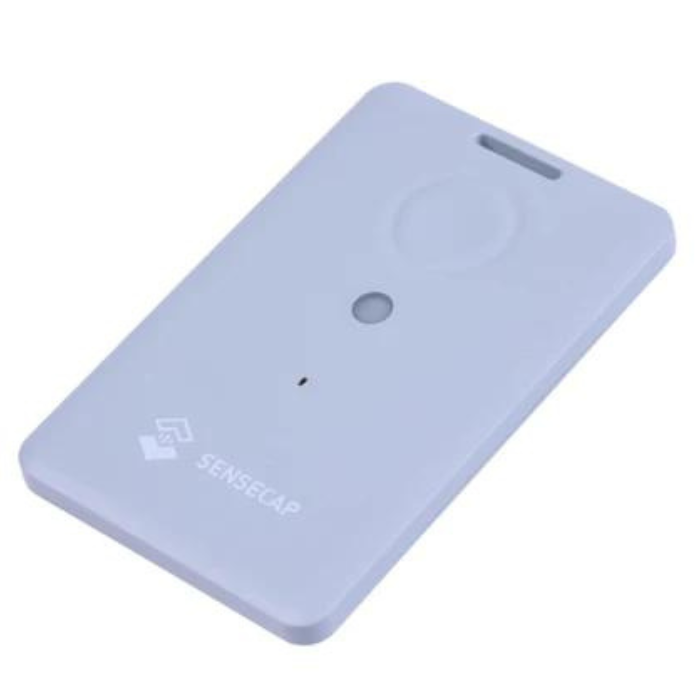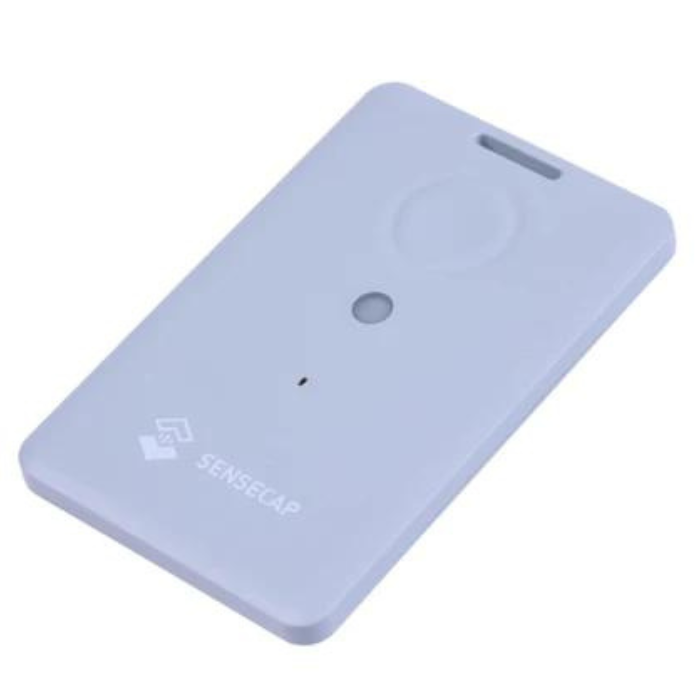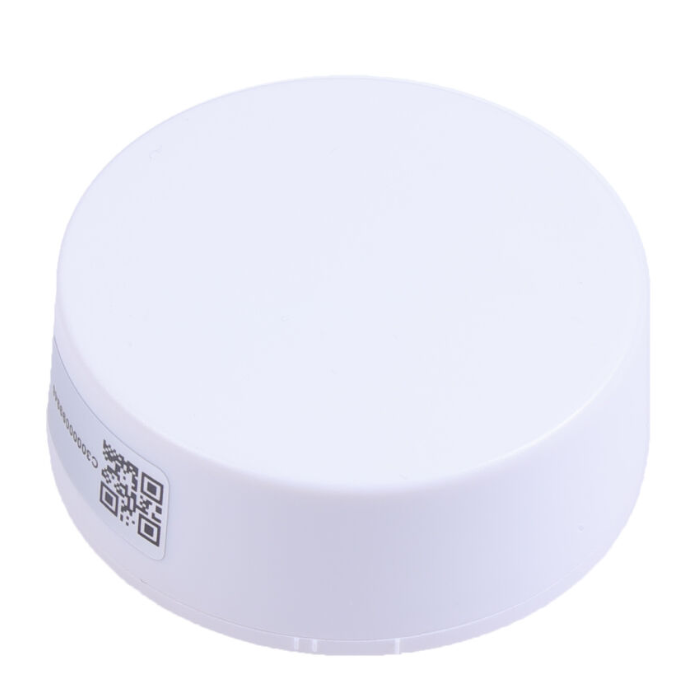Introduction
In the realm of location and navigation technology, the advent of GPS (Global Positioning System) marked a significant milestone in the 20th century, providing precise outdoor positioning based on satellite signals. However, the limitations of GPS in indoor environments led to the development of Indoor Positioning Systems (IPS), introducing a new frontier within enclosed spaces where GPS struggles to deliver accurate results.
As technology continually evolves, the demand for more precise indoor location services has grown exponentially. With over 70% of a person's time spent indoors, there arises a compelling need for technologies that can deliver accurate indoor positioning experiences. IPS steps in as the solution, acting as an "Indoor GPS" to locate people or objects within large indoor spaces like train stations, shopping malls, hospitals, and underground locations.
IPS becomes indispensable when accessing unfamiliar environments, especially in critical situations with weak GPS signals, such as disaster management in multi-storied buildings or underground facilities. This chapter will explore the significance of IPS in revolutionizing location-based experiences, shedding light on its applications across various sectors.

What is IPS (Indoor Positioning System) ?
In the dynamic landscape of location technology, Indoor Positioning System (IPS) stands out as a crucial innovation, offering precise location services within enclosed spaces where traditional GPS falls short. This chapter delves into the fundamental aspects of IPS, addressing its definition, the need for indoor positioning, and an overview of the underlying technology.
While GPS dominates outdoor positioning, IPS takes the reins indoors. IPS acts as the 'Indoor GPS,' employing a network of devices to locate objects or people within large indoor spaces like shopping malls, train stations, and hospitals. It's the technology that bridges the gap where GPS signals struggle to penetrate.
Need for Indoor Positioning
The success of GPS in outdoor environments has revolutionized how we navigate, but its accuracy diminishes within walls and roofs. GPS signals degrade when attempting to penetrate barriers, resulting in inaccuracies. IPS emerges as the solution, ensuring precise location tracking where GPS falls short.
The demand for IPS arises from diverse sectors such as commercial, healthcare, military, and warehouse inventory tracking. IPS provides accurate indoor positioning, making it indispensable in environments like multi-storied buildings, coal mines, and disaster management scenarios where GPS signals are weak.
IPS (Indoor Positioning System)Technology Overview
At the core of IPS technology are beacons and tags. Stationary beacons, or anchors, receive signals from mobile beacons, or tags, attached to tracked objects. These signals are then forwarded to a server for real-time location calculations, forming the basis of accurate indoor positioning.
Stationary beacons serve as reference points, detecting signals from mobile tags to triangulate positions. The mobile tags, attached to objects or individuals, transmit signals that allow the system to precisely pinpoint their locations. This combination of stationary and mobile elements forms a robust IPS infrastructure.
How Indoor Positioning Systems Work
Indoor Positioning Systems (IPS) operate on a sophisticated yet intuitive principle known as the Transmitter-Receiver Principle, forming the backbone of accurate location tracking within enclosed spaces. This chapter delves into the intricacies of how IPS works, drawing parallels with GPS technology and highlighting the process of observation data collection through beacons and tags.
Transmitter-Receiver Principle
IPS adopts a Transmitter-Receiver Principle akin to GPS, where signals are transmitted and received to determine the location of objects. However, the key distinction lies in the indoor focus of IPS, addressing the limitations of GPS in enclosed environments.
The functionality of IPS revolves around a network of beacons and tags. Stationary beacons, strategically placed within the environment, act as receivers, while mobile tags attached to objects or individuals transmit signals. The stationary beacons collect these signals and forward them to a central server, which then calculates the real-time location of the tagged objects.
Types of Indoor Positioning Technologies
In the dynamic landscape of Indoor Positioning Systems (IPS), various technologies have emerged to address the diverse needs of indoor navigation and location-based services. This chapter explores the key categories of indoor positioning technologies, each leveraging distinct mechanisms for accurate and efficient object tracking.
Radio-Based Technologies Radio-based technologies
form the backbone of many indoor positioning systems, relying on wireless signals for precise location determination. The following subcategories showcase the spectrum of radio-based solutions:
- Wi-Fi: Leveraging existing Wi-Fi networks for location triangulation.
- Bluetooth: Utilizing Bluetooth signals for proximity-based positioning.
- Zigbee: Employing Zigbee protocols for low-power, short-range communication.
- RFID: Employing Radio-Frequency Identification for asset tracking.
- UWB (Ultra-Wideband): Using UWB signals for high-precision positioning.
- RADAR: Implementing RADAR technology for object detection and tracking.
The propagation of radio signals plays a pivotal role in these technologies, offering flexibility and compatibility with various indoor environments.
Optical-Based Technologies
Optical-based technologies harness light to facilitate indoor positioning with remarkable precision. This category includes:
- Infrared Systems: Using infrared light for accurate indoor tracking.
- VLC (Visible Light Communication): Leveraging visible light for communication and positioning.
- LiDAR (Light Detection and Ranging): Employing laser light for three-dimensional mapping and positioning.
These technologies excel in environments where visual cues and light sources are abundant.
Acoustic-Based Technologies
Acoustic-based technologies utilize sound waves to determine the location of objects within a given space. This category encompasses:
- Ultrasound: Employing high-frequency sound waves for accurate positioning.
- Audible Sound: Using audible frequencies for location tracking.
While effective, these technologies may face limitations in larger facilities, requiring careful consideration of acoustic properties.
Magnetic Field-Based Technologies
Magnetic field-based technologies tap into Earth's magnetic field for precise location determination. This category offers a unique advantage:
- Earth's Magnetic Field: Utilizing natural magnetic fields for orientation and positioning.
An interesting feature of these technologies is their independence from wireless network signals, providing a reliable alternative for specific use cases.
Common Use Cases for IPS (Indoor Positioning Systems)
Indoor Positioning Systems (IPS) have revolutionized various sectors, offering innovative solutions to enhance efficiency, safety, and user experiences. This chapter delves into the common use cases of IPS, showcasing its adaptability across diverse environments.
Airports & Railway Stations
In bustling transportation hubs like airports and railway stations, IPS plays a pivotal role in elevating the passenger experience. By providing real-time navigation within complex terminals, passengers can effortlessly find their gates or platforms, reducing stress and enhancing overall satisfaction.

Indoor maps powered by IPS enable precise navigation through terminals, helping passengers locate amenities, shops, and services efficiently. This not only streamlines the passenger journey but also opens avenues for location-based services, such as targeted promotions for nearby retail outlets.
Industry and Manufacturing
In industrial settings, IPS contributes to the improvement of labor safety by enabling real-time tracking of personnel. By implementing geofencing and proximity alerts, workers can be notified of potential hazards, enhancing overall safety protocols. Additionally, IPS optimizes process efficiency by tracking the movement of assets and personnel, streamlining operations.

Large manufacturing facilities leverage IPS for effective asset control and logistics. Tracking the location of tools, equipment, and inventory ensures optimal resource utilization and reduces the time spent searching for essential items. This translates to improved productivity and streamlined supply chain management.
Shopping Malls
IPS transforms the retail landscape in shopping malls by providing personalized and location-based services. Shoppers receive targeted promotions and discounts based on their location, creating a tailored shopping experience. Indoor navigation guides customers to their desired stores, enhancing overall satisfaction and encouraging longer dwell times.

Retailers leverage IPS data to launch effective location-based marketing campaigns. By understanding customer movement patterns and preferences, targeted advertisements can be delivered, influencing purchasing decisions and fostering customer loyalty.
Hospitals
Navigating through large hospital complexes can be challenging for visitors. IPS addresses this by providing indoor wayfinding solutions. Visitors can easily locate specific departments, clinics, and facilities, reducing confusion and minimizing the time spent searching for destinations.

IPS assists medical staff in locating crucial equipment and patients efficiently. Real-time tracking of medical assets ensures that equipment is readily available when needed, contributing to faster response times and improved patient care.
Multi-story Car Parks
Navigating multi-story car parks can be time-consuming, but IPS-enabled smart parking systems simplify this process. Drivers receive real-time information about available parking spaces, reducing congestion and enhancing the overall parking experience.
Digital maps powered by IPS guide drivers to available parking spaces and provide directions within the car park structure. This not only improves the efficiency of parking operations but also minimizes traffic congestion within the facility.
Differences Between IPS and GPS
In the realm of location-based technologies, understanding the distinctions between Global Positioning System (GPS) and Indoor Positioning System (IPS) is crucial. This chapter explores the nuanced technological adoption and ongoing research in both domains, shedding light on their unique capabilities.
Technology Adoption
GPS in Outdoor Spaces:
- Primarily designed for outdoor navigation.
- Utilizes satellite signals to determine precise location.
- Effective for large-scale geographical positioning.
IPS in Indoor Environments:
- Tailored for navigating within enclosed spaces.
- Employs a combination of technologies like Wi-Fi, Bluetooth, and RFID.
- Provides granular positioning accuracy suitable for indoor applications.
Precision in Measurements:
- GPS offers high precision in open areas but faces challenges in indoor settings.
- IPS excels in precise indoor measurements, crucial for applications like asset tracking and wayfinding.
Diverse Technologies of IPS:
- IPS leverages various technologies, including radio-based, optical-based, acoustic-based, and magnetic field-based solutions.
- This diversity allows IPS to adapt to different indoor environments, meeting specific use case requirements.
Ongoing Research in Indoor GPS
Continuous Technological Advancements:
- Ongoing research aims to enhance IPS accuracy, especially in challenging indoor environments.
- Integration of machine learning algorithms and sensor fusion techniques contributes to improved positioning capabilities.
Emerging Options in Indoor GPS:
- New technologies, such as Ultra-Wideband (UWB) and LiDAR, are emerging as promising solutions for indoor positioning.
- These options address existing limitations and open avenues for more robust and versatile indoor location services.
Recognizing the distinct roles of GPS and IPS is vital for deploying effective location-based solutions. While GPS dominates outdoor positioning, IPS takes the lead in navigating the complexities of indoor spaces, with ongoing research promising continual advancements.
Indoor Navigation vs. Indoor Positioning
In the dynamic landscape of indoor spatial technologies, understanding the nuanced difference between navigation and positioning is pivotal. This chapter delves into the distinctive aspects of these two concepts, exploring their roles in enhancing the indoor experience.
Distinction between Navigation and Positioning
Passive Recording:
- Navigation often involves passive recording, where the system tracks user movements without active guidance.
- Passive recording is crucial for analyzing user behavior, understanding traffic patterns, and optimizing indoor spaces.
Active Path Suggestion:
- Positioning, on the other hand, actively suggests paths and directions to users based on their real-time location.
- Active path suggestion is instrumental in guiding individuals through complex indoor environments, offering turn-by-turn directions.
Enhancing User Experience:
- Indoor positioning systems contribute significantly to effective indoor navigation by providing accurate real-time location information.
- This enhances the overall user experience, reducing navigation-related stress and improving efficiency.
Optimizing Resource Utilization:
- Efficient indoor navigation, facilitated by precise positioning, optimizes resource utilization in various environments.
- In large facilities like hospitals or manufacturing plants, this can lead to improved workflow and reduced operational bottlenecks.
Enabling Location-Based Services:
- Indoor positioning lays the foundation for location-based services, enabling personalized experiences within indoor spaces.
- Applications include targeted marketing campaigns, location-specific alerts, and customized services based on user preferences.
While indoor positioning sets the stage for effective navigation through active guidance, navigation itself involves the passive tracking of user movements. The integration of these two aspects results in a comprehensive indoor spatial experience, aligning seamlessly with the growing demand for enhanced location-based services.
Conclusion
Indoor Positioning Systems (IPS) have emerged as the unsung heroes of our indoor spaces, revolutionizing navigation and location-based services. From Bluetooth beacons to Wi-Fi triangulation, the diverse array of technologies powering IPS showcases its adaptability. As we bid farewell to the conundrums of lost keys and wandering through malls, IPS promises seamless indoor navigation. In the intricate dance between IPS and GPS, it's clear that each has its domain, with IPS reigning supreme indoors. So, the next time you step into a labyrinthine shopping center, remember, IPS is your silent guide, orchestrating a symphony of technology for your convenience. Embrace the future, click into precision!










